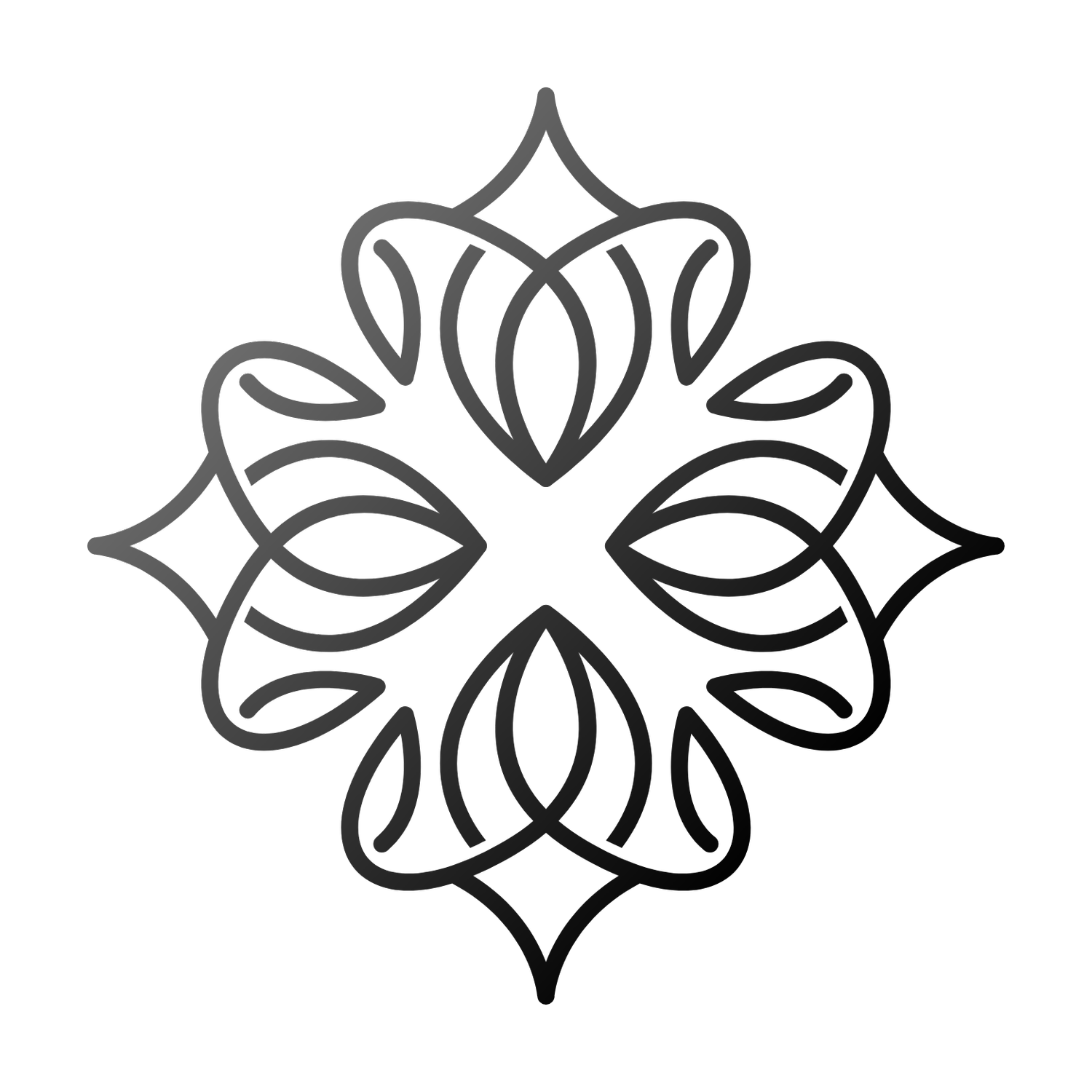Skeuomorphism: The Comeback
The Skeuomorphism Revival: Why It’s Back in Modern UI/UX
Skeuomorphism, once thought dead after the rise of flat design, is quietly resurfacing. As technology advances, digital interfaces are evolving beyond minimalism. The resurgence of AI-driven customization, AR/VR, and user demand for more immersive experiences is bringing depth, realism, and tactile elements back into play.
What Led to Skeuomorphism’s Decline?
Flat design took over digital interfaces because it was simple, fast, and adaptable to responsive web design. However, this approach introduced usability issues:
Low Contrast & Poor Accessibility – Overly flat UI elements blend into backgrounds, making interfaces hard to navigate.
Lack of Affordance – Without shadows, gradients, or textures, buttons don’t look clickable.
Homogeneous Design – With minimalism dominating, brands lost visual identity and differentiation.
Case Study: Microsoft’s Metro UI was initially praised for its modernist simplicity but failed in usability due to indistinct buttons and confusing navigation.
Why Skeuomorphism is Returning
1. AR, VR, and 3D Interfaces Demand Depth
With the rise of spatial computing (Apple Vision Pro, Meta’s AR/VR), digital environments need realistic depth and interactivity.
Flat UI feels unnatural in immersive spaces – Depth, light, and texture help users feel anchored.
Real-world interactions improve usability – A digital knob that behaves like a real one enhances engagement.
Haptic feedback enhances realism – Skeuomorphic elements pair well with tactile responses.
Industry Reference: Apple’s Vision Pro UI includes depth, shadows, and reflections to create a more intuitive user experience.
2. AI-Driven Personalization and Emotional Design
Users want interfaces that feel familiar, engaging, and personalized. Skeuomorphism taps into nostalgia and real-world metaphors, making digital experiences feel more natural.
Nostalgia and Emotional Connection – The resurgence of retro aesthetics proves users crave visually engaging experiences.
AI-Generated Customization – Adaptive UIs can create skeuomorphic elements that fit user preferences.
Tactile Digital Experiences – A to-do list that feels like sticky notes or a finance app with realistic buttons builds better interaction.
Example: Notion’s custom covers and widgets add subtle skeuomorphic design to enhance usability and personalization.
3. The Skeuomorphic Revival in Fintech and Enterprise UX
While consumer apps leaned toward minimalism, fintech, medical, and industrial software have started incorporating skeuomorphic elements again.
Financial Dashboards Use Depth and Realism – Tangible UIs make complex data easier to digest.
Medical and Industrial Software Needs Physical Affordance – Realistic buttons and controls reduce human error.
Gamification Benefits from Real-World Metaphors – Digital badges, rewards, and achievements feel more meaningful when designed skeuomorphically.
Case Study: Robinhood revamped its UI with rounded cards, shadows, and subtle depth, making its interface more tactile than earlier flat versions.
Neumorphism: The Best of Both Worlds
Instead of reverting to hyper-detailed textures, modern UI design is finding a middle ground:
Soft Shadows & Layered Depth – Apple’s macOS Big Sur UI reintroduces subtle depth.
Glassmorphism & Frosted Effects – Semi-transparent backgrounds mimic glass-like textures.
Tactile Microinteractions – Smooth animations reinforce real-world physics (e.g., drag effects, bounce-back transitions).
Example: Apple’s macOS dock still retains a light skeuomorphic approach, making apps feel more tangible.
The Future of Skeuomorphism in UI/UX
The next phase of digital design will be a fusion of minimalism and skeuomorphism, balancing usability with aesthetics.
Key Takeaways for Designers & Developers:
↳Start integrating depth and realism – Avoid flat-by-default thinking.
↳Use skeuomorphic cues to improve clarity – Buttons should feel pressable, sliders should look tangible.
↳Balance minimalism with tactility – A polished UI doesn’t mean sacrificing affordance.
↳Watch AR/VR and AI trends – These innovations will define the next era of digital interfaces.
Final Thoughts
Skeuomorphism is an evolving approach to better UX. As digital experiences demand greater depth, interaction, and realism, expect modernized skeuomorphic elements to reshape UI design across fintech, enterprise software, and immersive technologies.
Further Reading:
🔗 History of Skeuomorphism in UI Design 🔗 How Apple’s Design Language Has Evolved 🔗 Why AR & AI Are Changing UI Fundamentals







